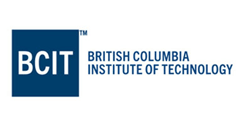 Clean Tech
Clean Tech Online at your own pace
Online at your own pace Winter Term
Winter Term Less than $500
Less than $500 English
English
A general introduction to the terminology and principles of the circular economy, looking at food systems and plastics as specific examples. Using the circular economy system (Butterfly Diagram, Ellen MacArthur Foundation) as guidance and the zero waste hierarchy of highest and best use (International Zero Waste Alliance), each stage of the hierarchy, from rethinking/redesigning products to residuals management, will be investigated.
Upon successful completion of this course, the student will be able to:
Industry manufacturing accounts for roughly one third of carbon emissions, and if we include food systems, this is closer to 40%. Enabling a circular economy will reduce these emissions by reducing the extraction or harvesting of raw resources, reducing the energy required for processing, as recycled content universally takes less energy to process, and reducing the emissions, such as methane, associated with waste, particularly of organics. By extending the lifespan of products through reuse, repair, and refurbishment, less new production is needed, resulting in the avoidance of emissions. Circular design promotes recyclability and durability, while sustainable supply chains optimize logistics and use renewable energy sources, contributing to lower greenhouse gas (GHG) emissions. Transitioning to a circular economy conserves resources, minimizes waste, and reduces environmental impact, including GHG emissions.
 Winter Term
Winter Term